Attending the conference were representatives of a number of departments, branches, units; local authorities and 33 households inside and outside the model.
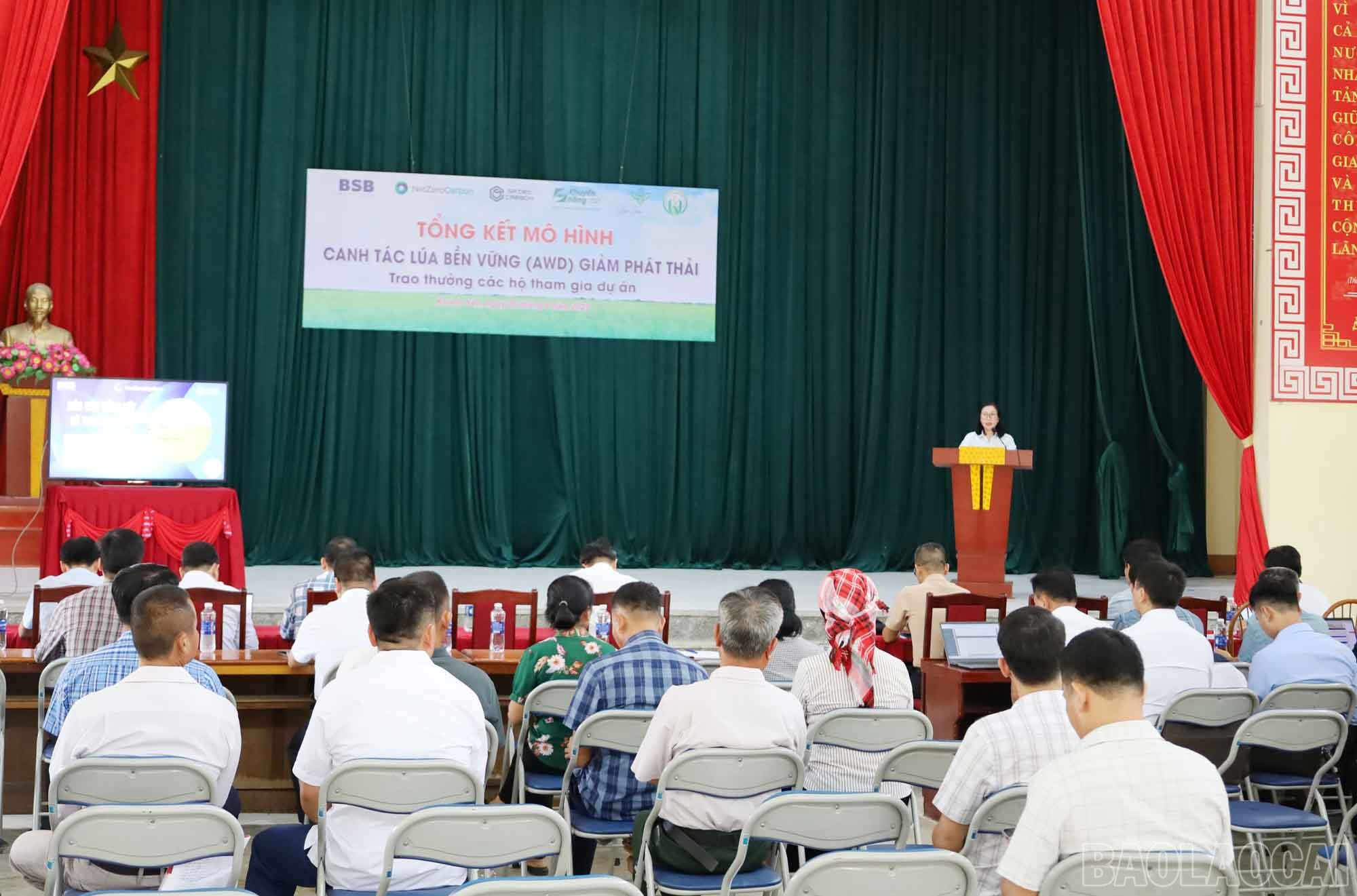
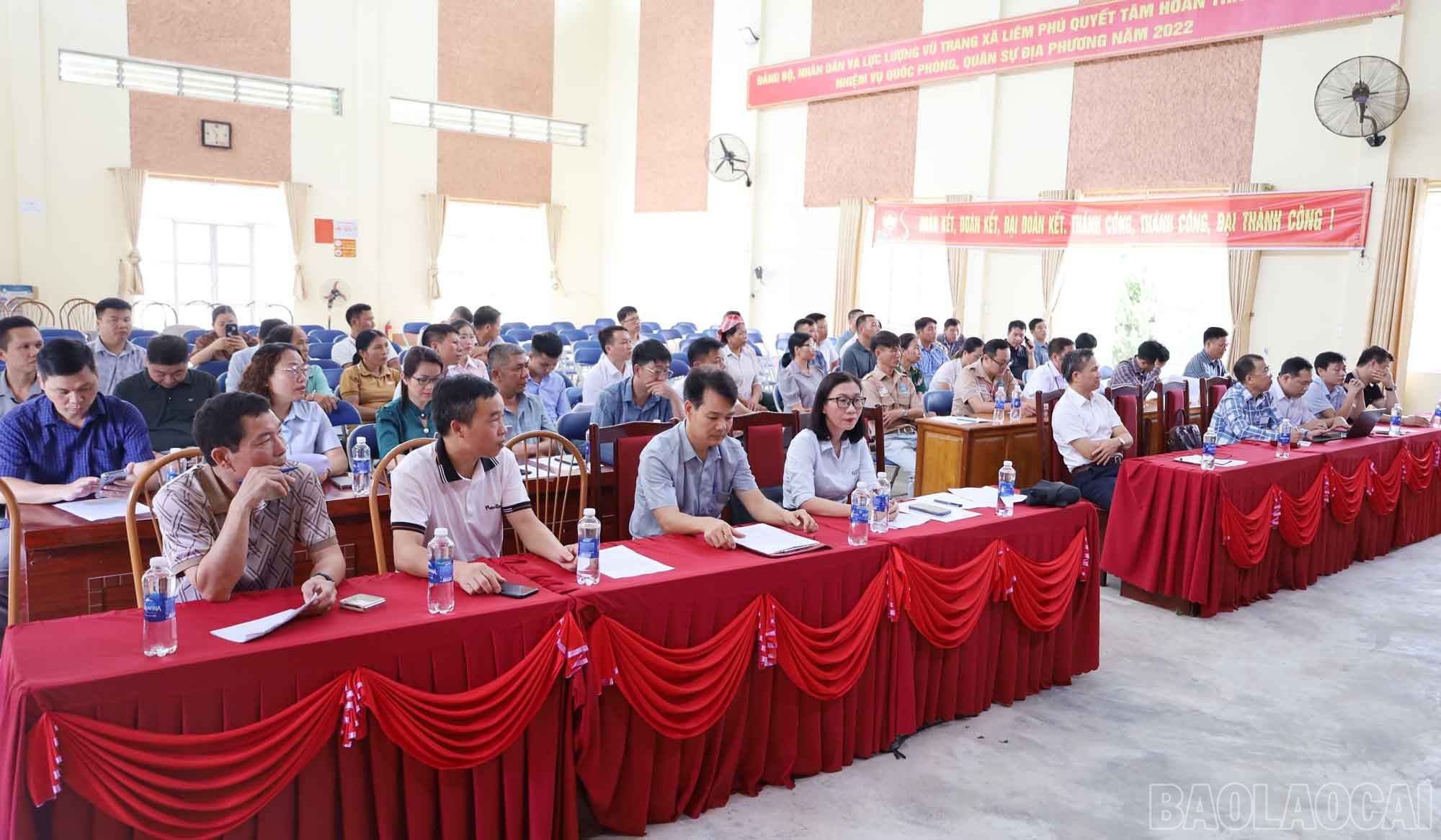
The smart rice farming model, reducing greenhouse gas emissions, was piloted by the Lao Cai Provincial Agricultural Extension and Agricultural Services Center in coordination with Huy Hung Investment, Construction, Trade and Service Company Limited; Netzero Carbon Vietnam Joint Stock Company in the spring crop of 2025 in 3 communes of Khanh Yen, Duong Quy and Bao Ha, with a scale of 199 hectares, 549 participating households.
The model uses high-quality rice varieties (Thien Uu 8, BC15, TBR225), applies the SRI improved intensive farming process, concentrated and synchronous production on a single-variety field, with a convenient irrigation and transportation system.
The results showed that farmers reduced production costs by 2-2.5 million VND/ha, rice productivity increased by about 8 quintals/ha compared to traditional farming; income from rice increased by 12-15 million VND/ha/crop.
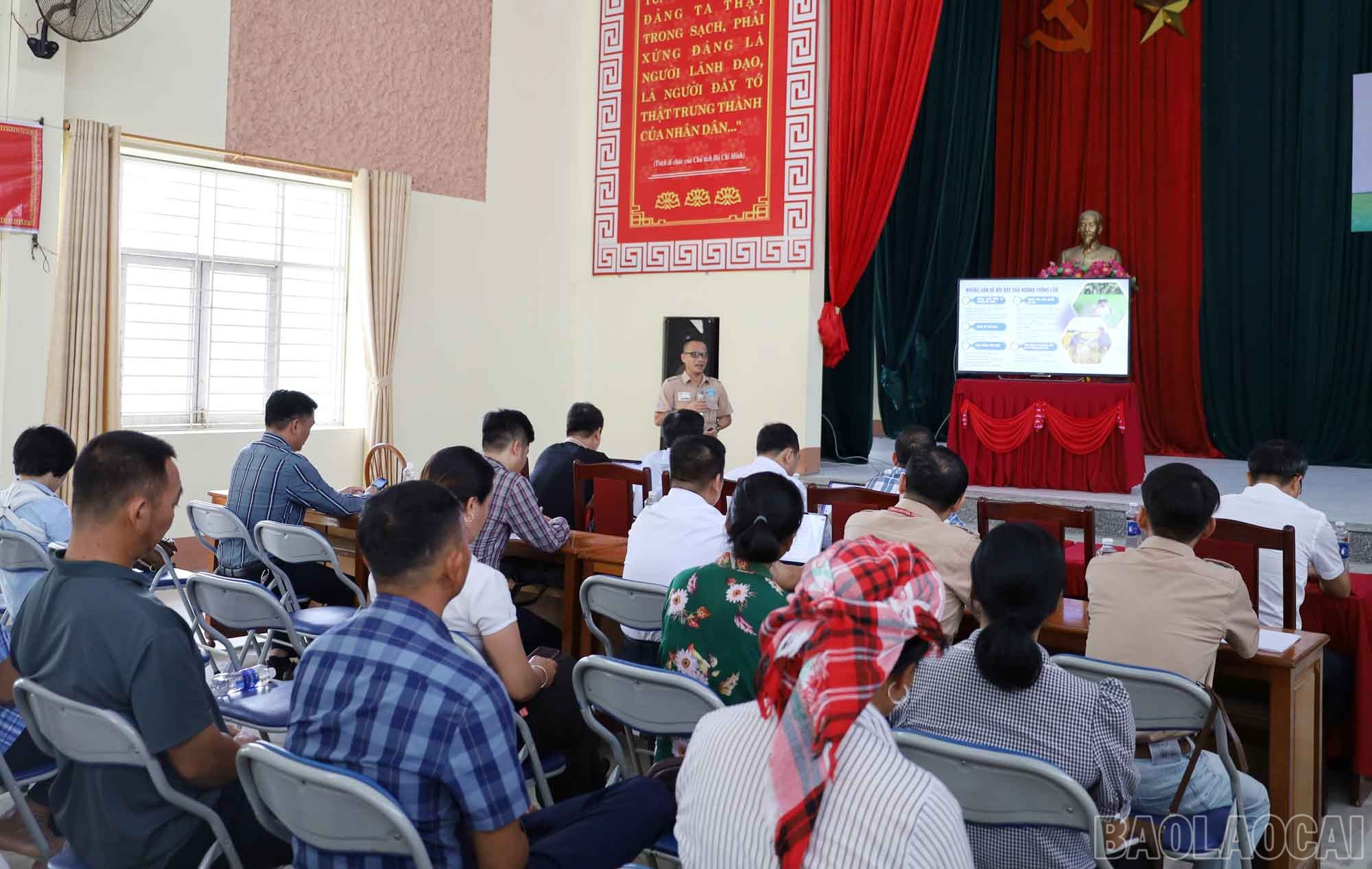
The new farming method helps reduce input costs by about 20%, increase profit margins by 15-20% and reduce greenhouse gas emissions by about 10%. In particular, when achieving international certification, farmers can sell carbon credits for 15-20 USD/ton of CO₂; then farmers can increase from selling carbon credits (emission reduction bonus) from rice production by an average of 975,000 VND/ha (3.1 carbon credits/ha), increasing profits by about 8-10 million VND/ha.
At the conference, representatives of NetzeroCarbon Vietnam Joint Stock Company (the carbon credit purchasing unit) presented the Greenhouse Gas Reduction Reporting Certificate to households participating in the model. Based on the number of carbon credits determined, households will receive a corresponding bonus amount paid by the unit.

In addition to economic efficiency, the model also helps change production practices, overcome the situation of planting many rice varieties in the same field, overusing fertilizers and pesticides. Farmers are instructed to collect and compost straw with biological products, creating organic fertilizer, contributing to improving the rural environment.
From the success of the spring crop, the 2025 crop season, the area applying new techniques was expanded to about 400 hectares in neighboring localities, opening up a direction for sustainable agricultural development associated with the carbon credit market in Lao Cai.
Source: https://baolaocai.vn/danh-gia-mo-hinh-canh-tac-lua-thong-minh-giam-phat-thai-khi-nha-kinh-post880093.html



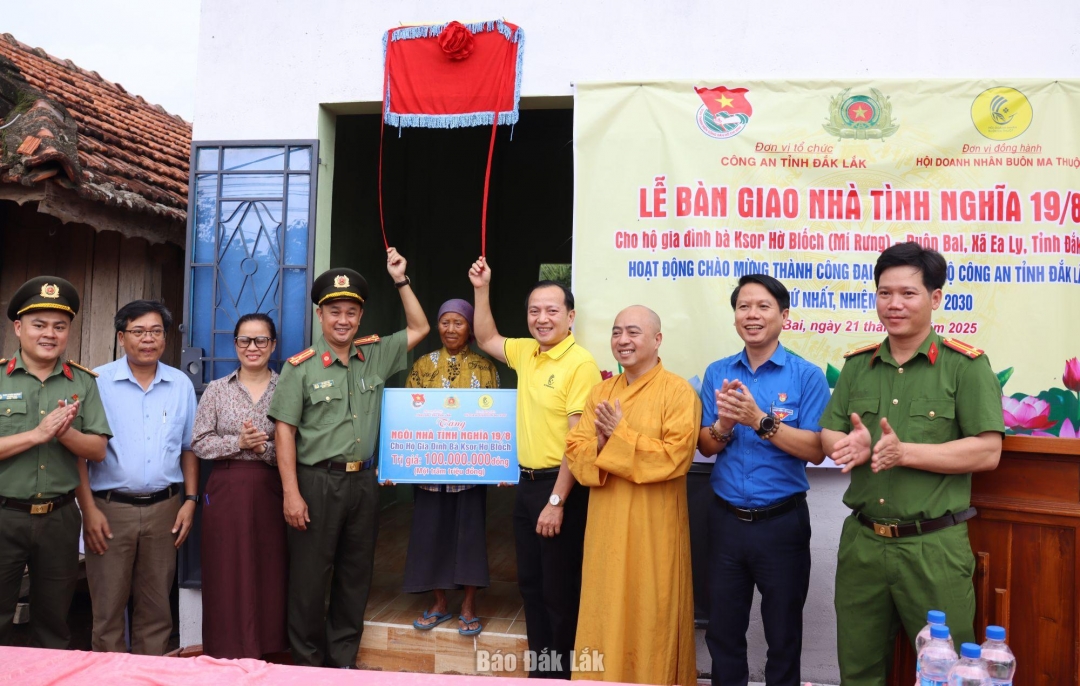
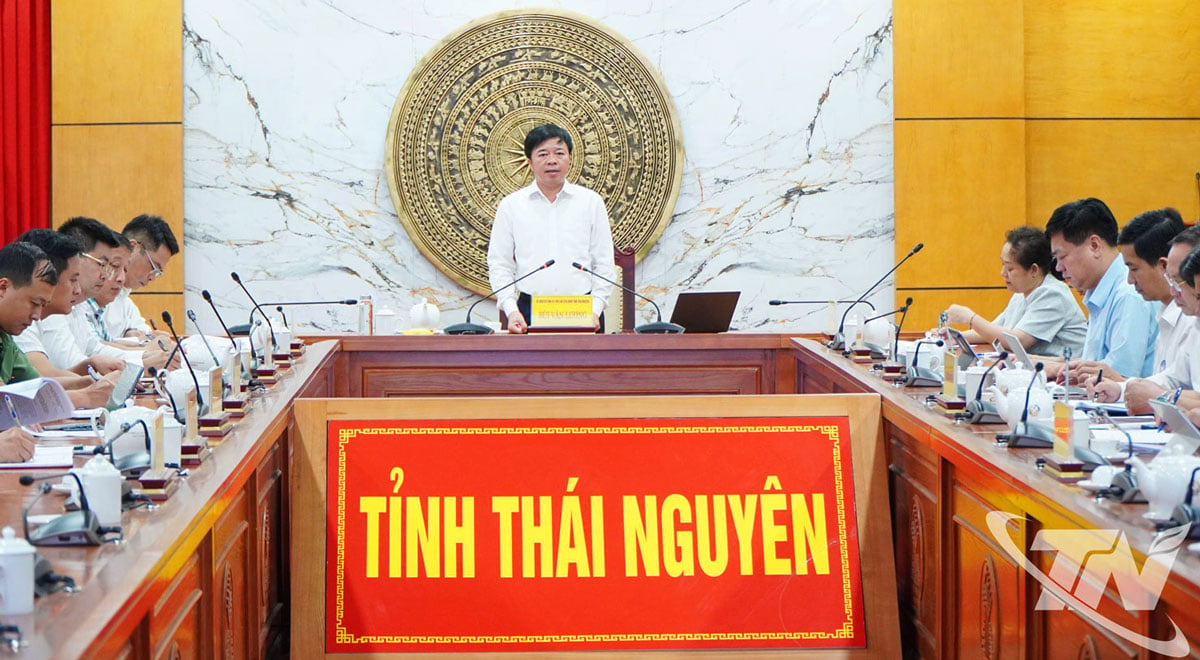
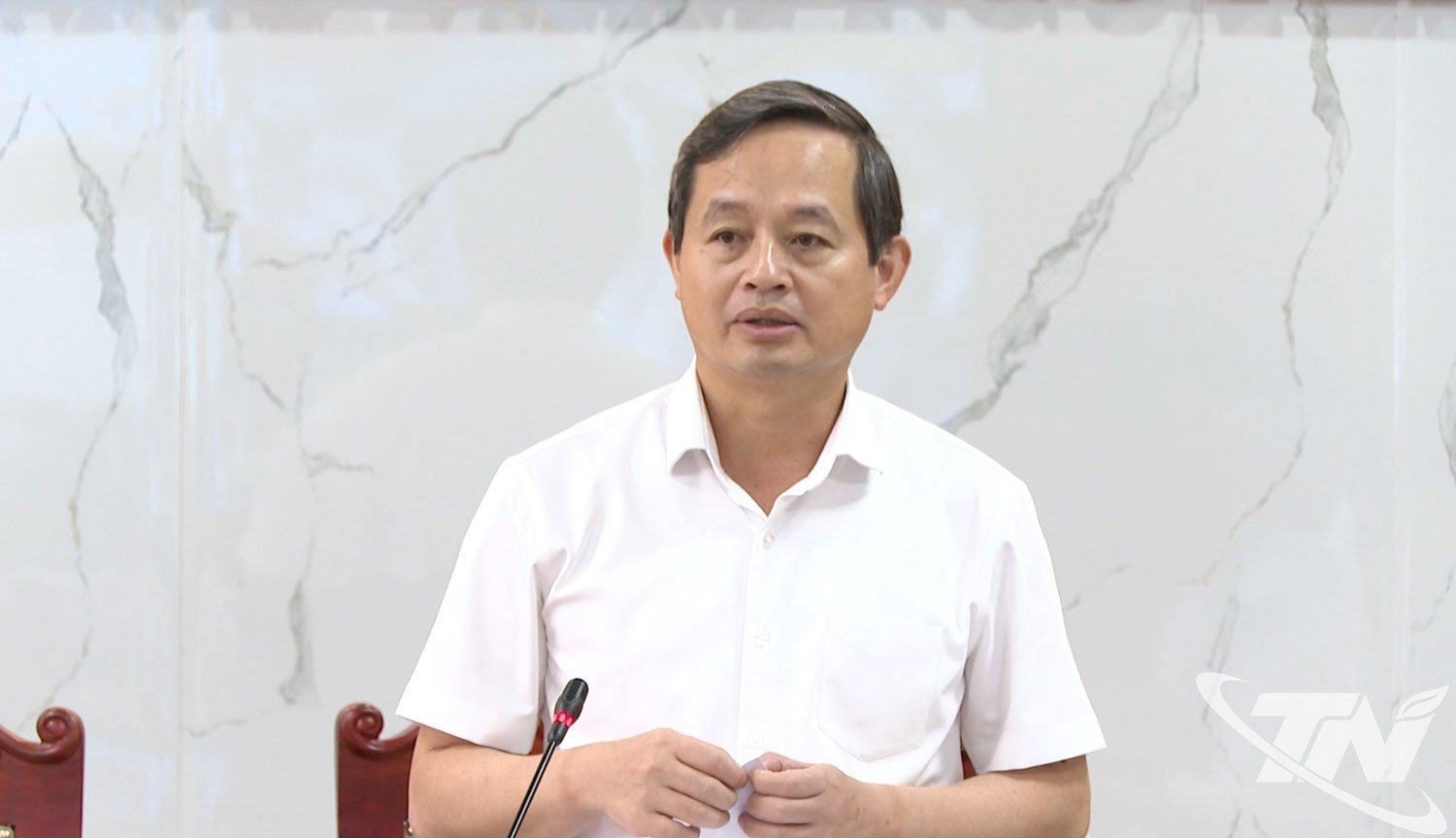
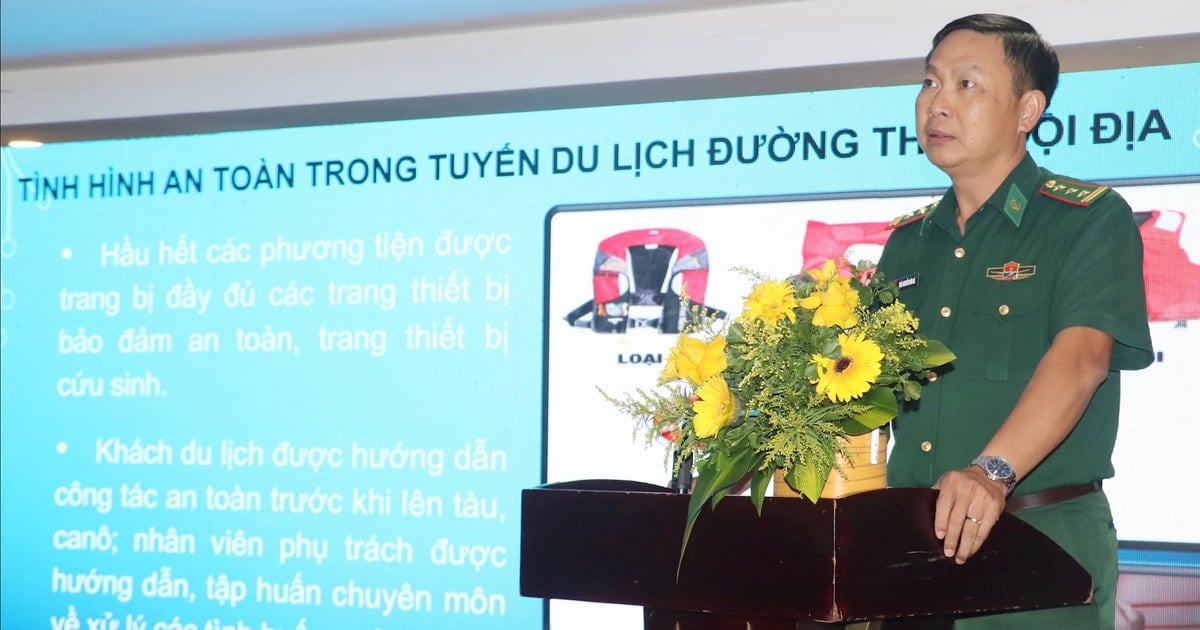

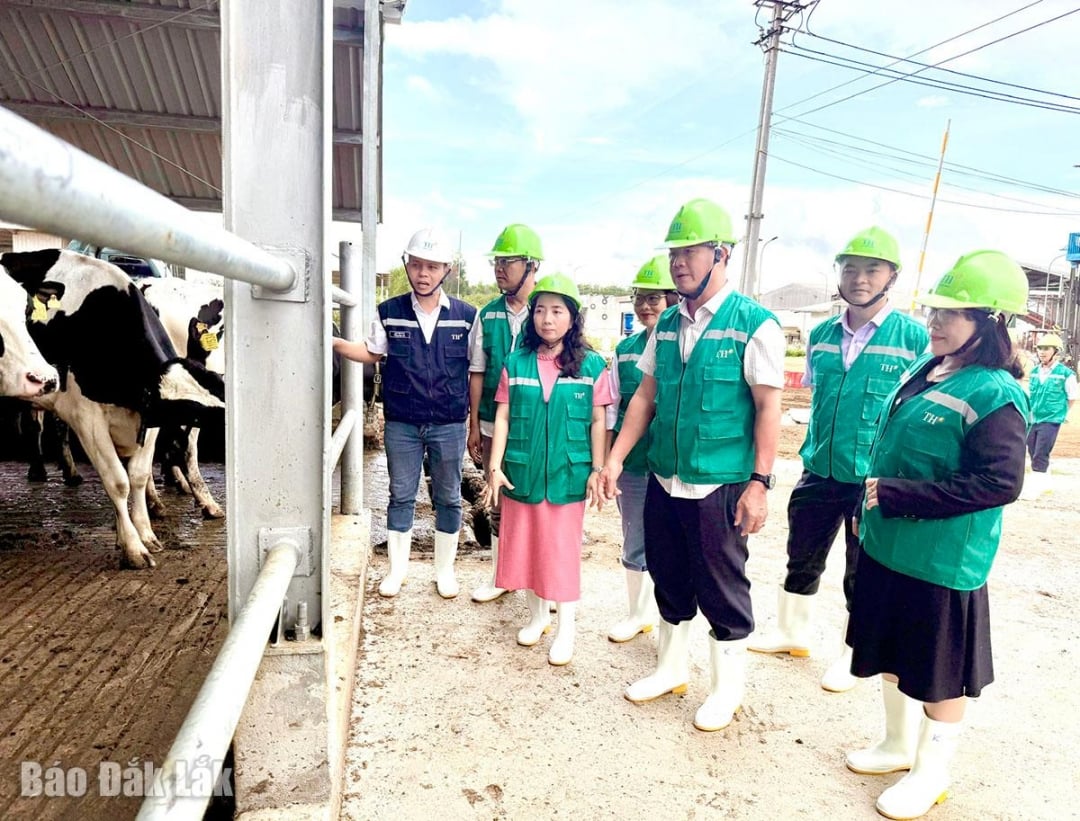
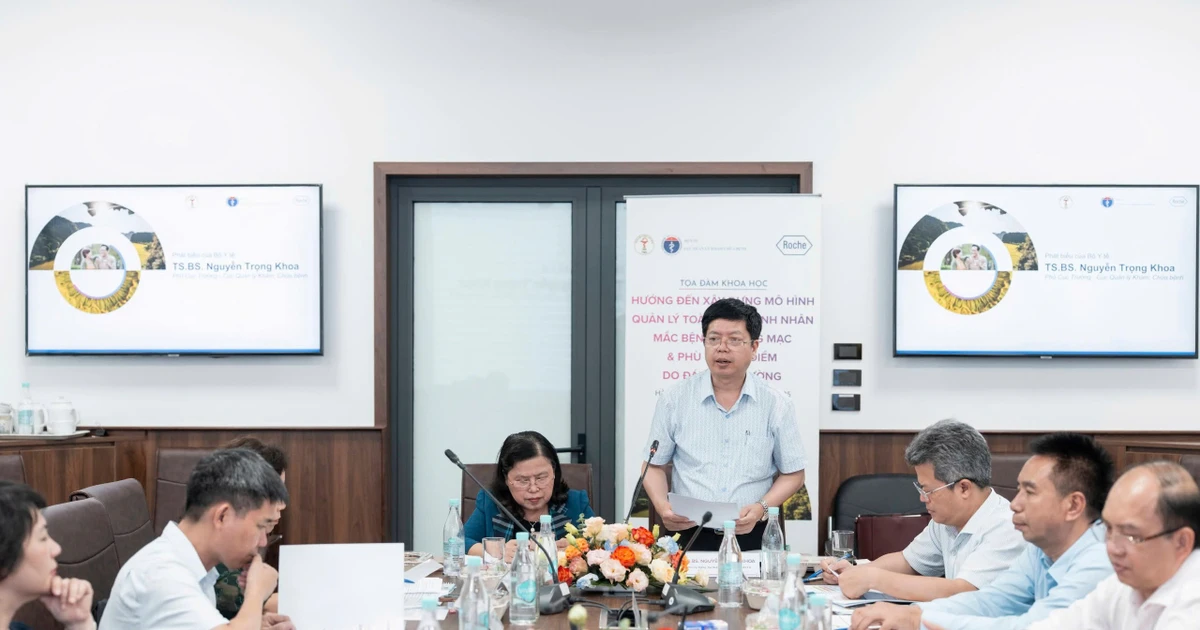
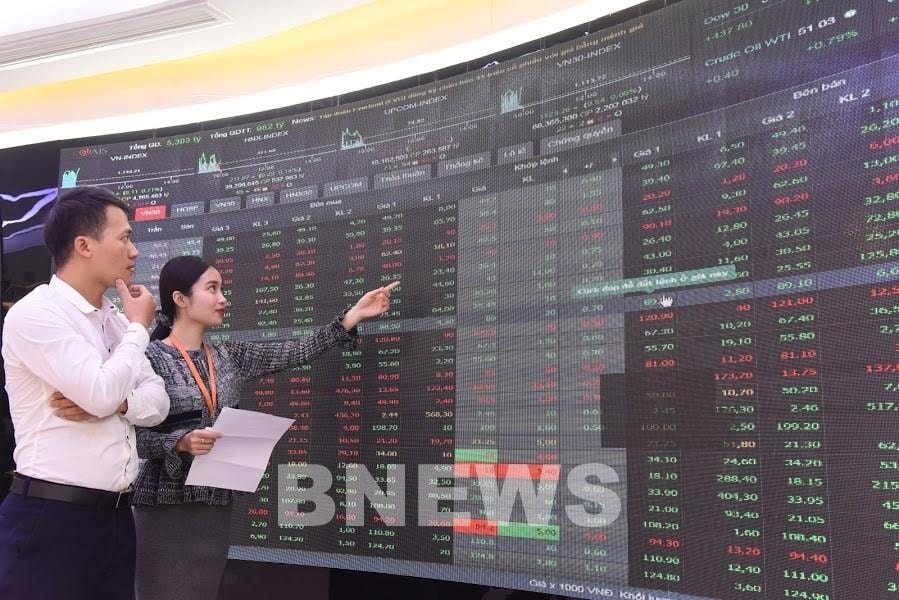

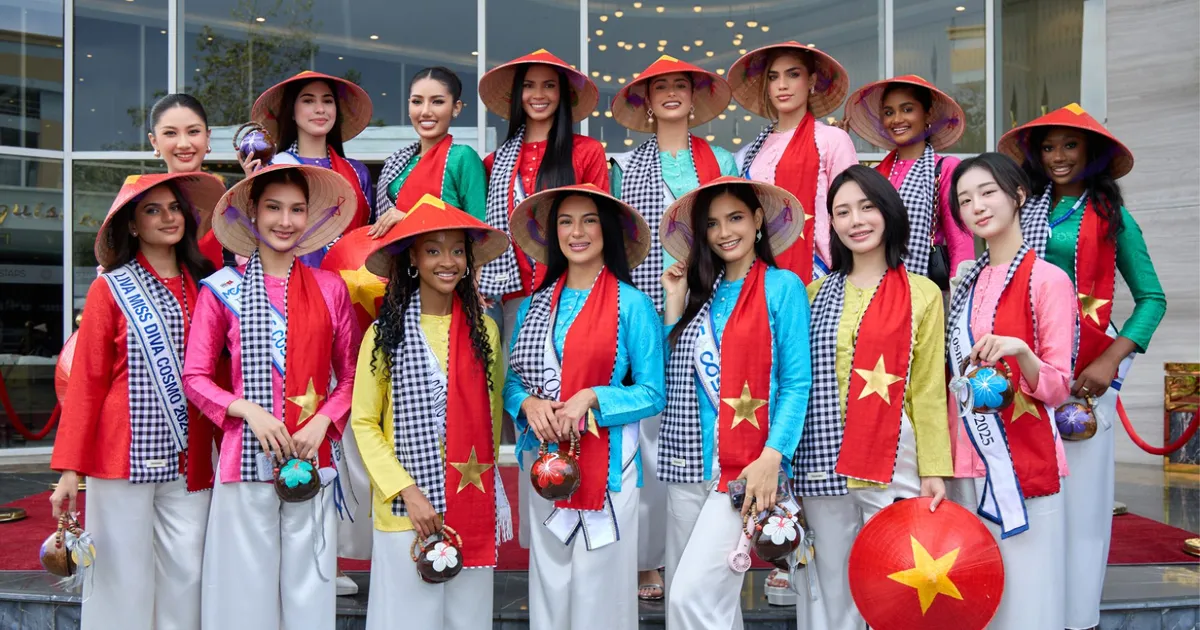












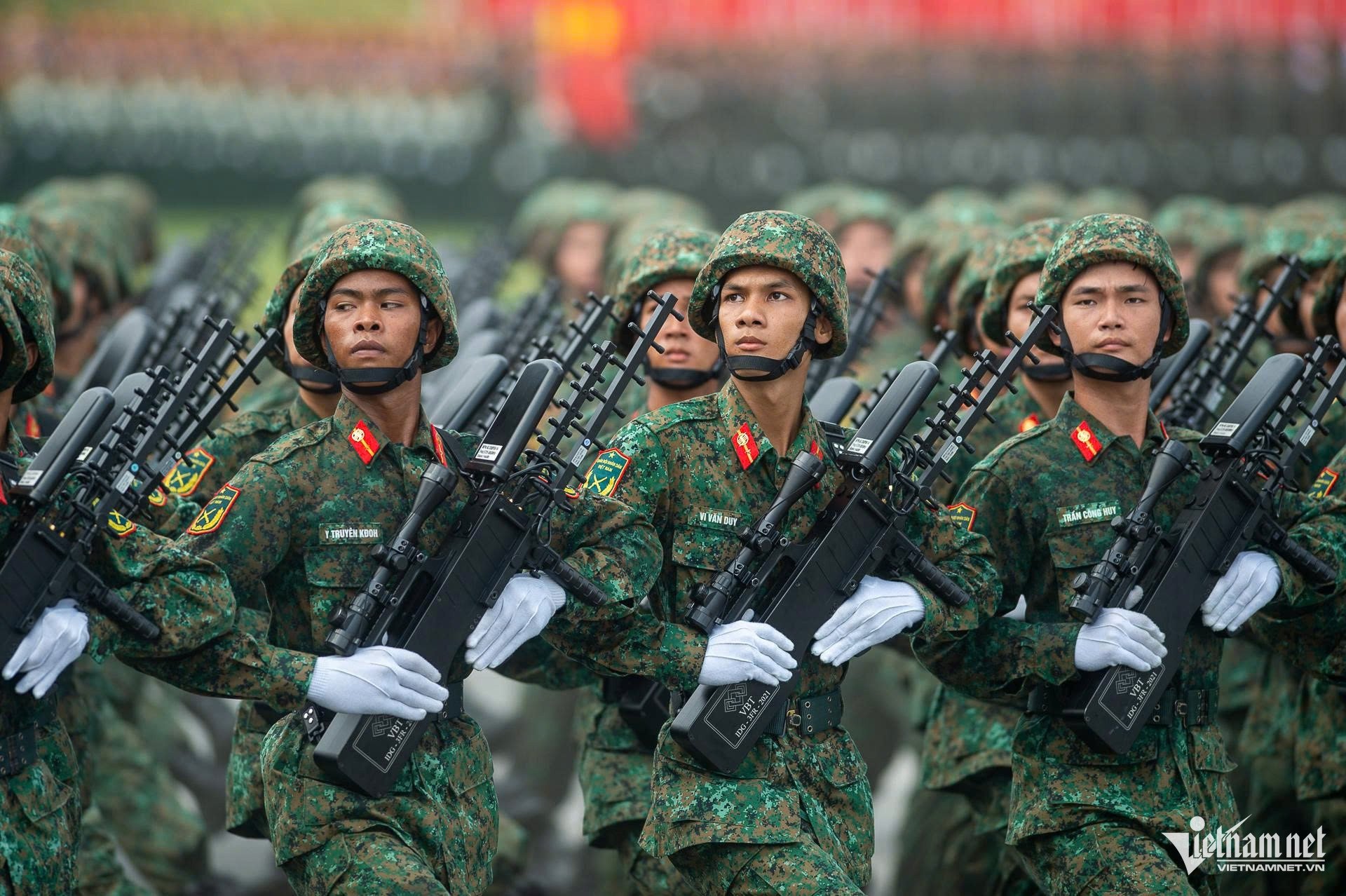


![[Photo] Politburo works with Standing Committees of Lang Son and Bac Ninh Provincial Party Committees](https://vstatic.vietnam.vn/vietnam/resource/IMAGE/2025/8/20/0666629afb39421d8e1bd8922a0537e6)
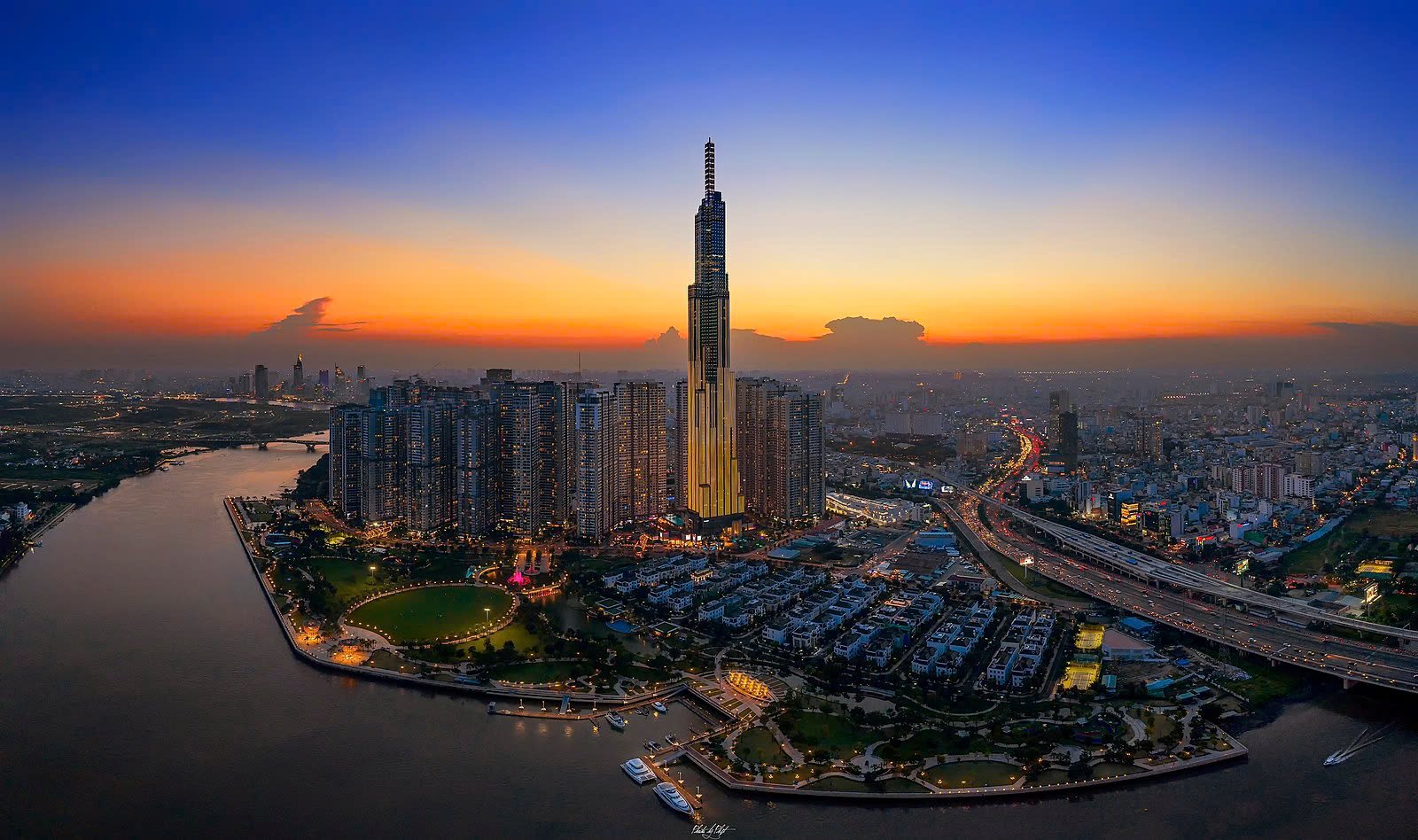
![[Photo] An Phu intersection project connecting Ho Chi Minh City-Long Thanh-Dau Giay expressway behind schedule](https://vstatic.vietnam.vn/vietnam/resource/IMAGE/2025/8/21/1ad80e9dd8944150bb72e6c49ecc7e08)

![[Photo] Prime Minister Pham Minh Chinh receives Australian Foreign Minister Penny Wong](https://vstatic.vietnam.vn/vietnam/resource/IMAGE/2025/8/20/f5d413a946444bd2be288d6b700afc33)




























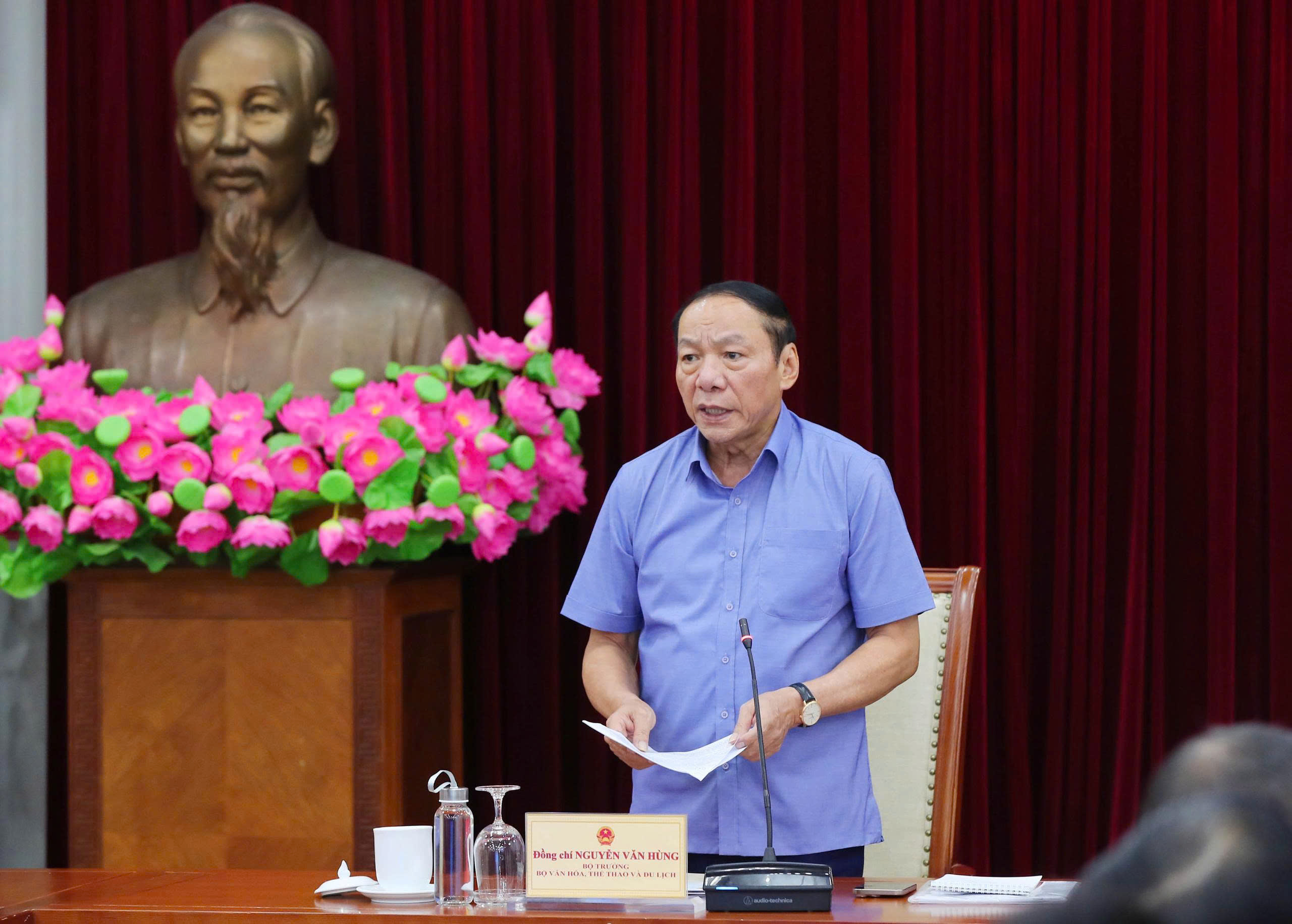
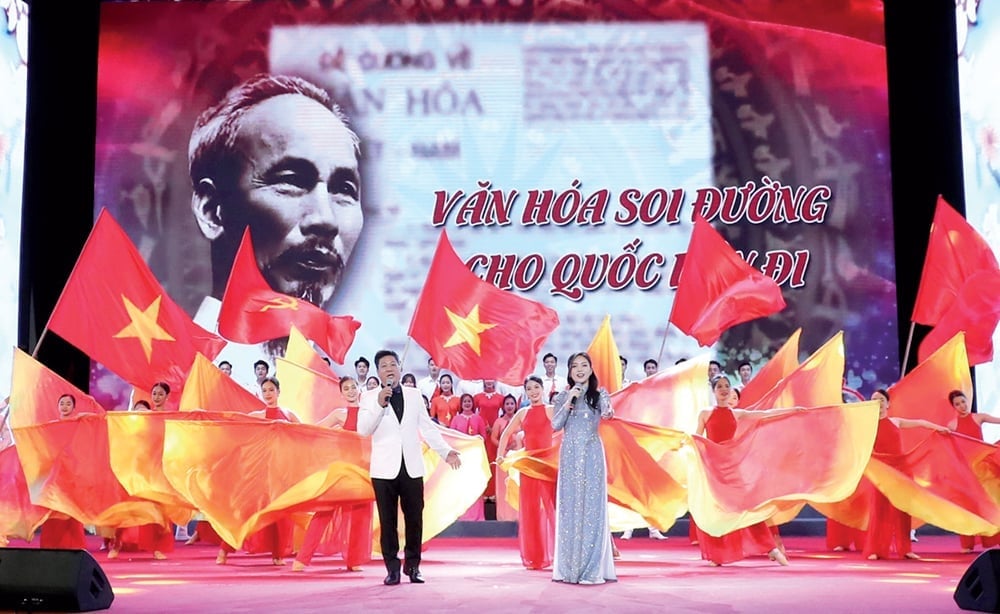


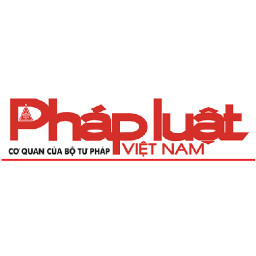

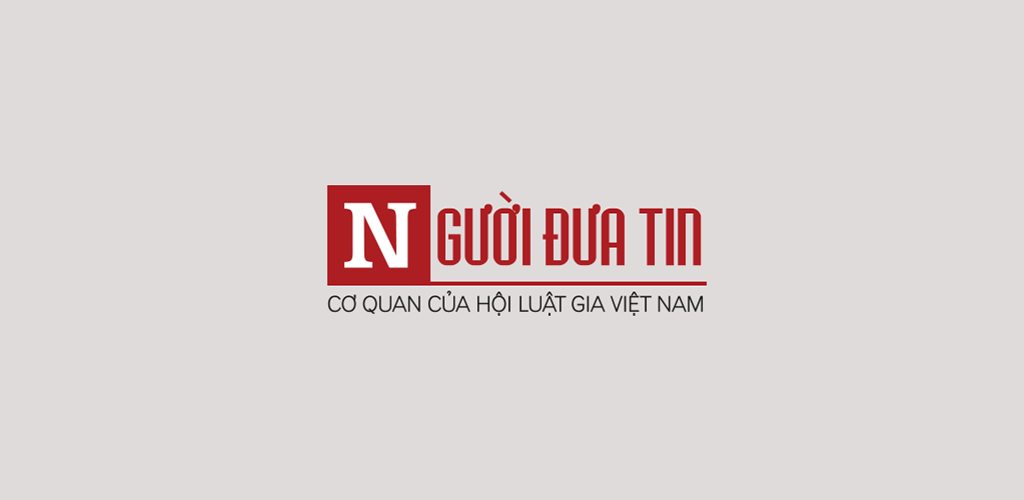
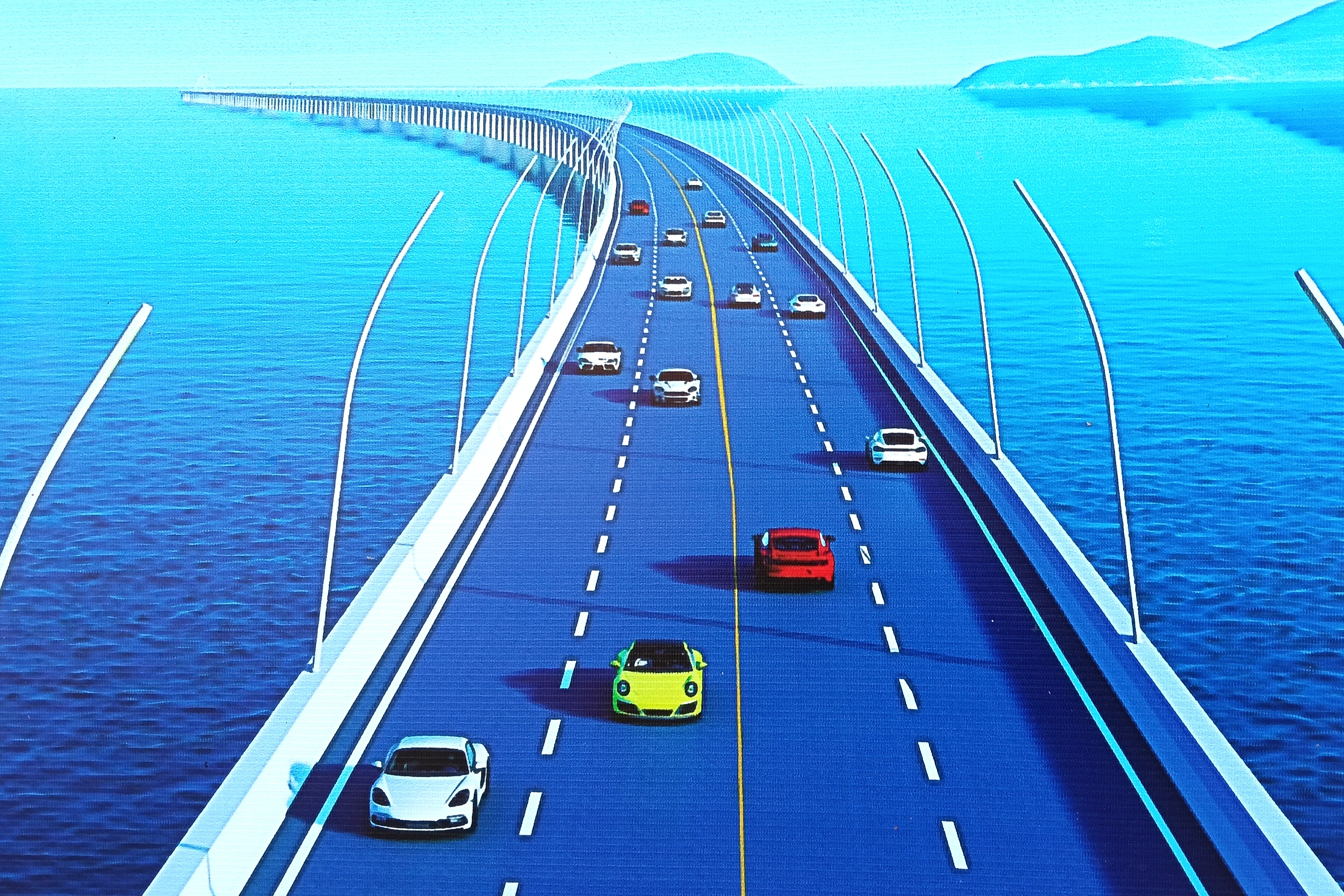







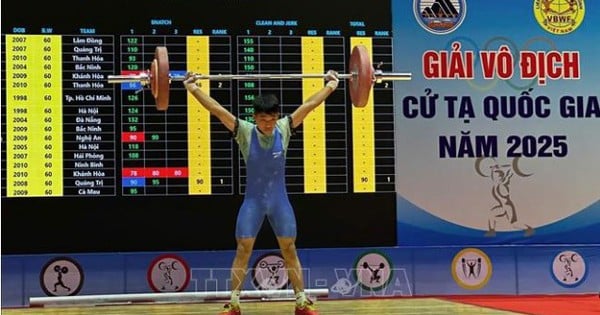























Comment (0)